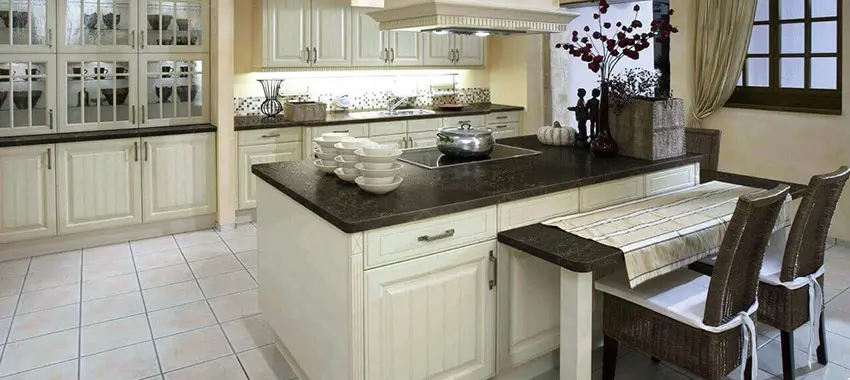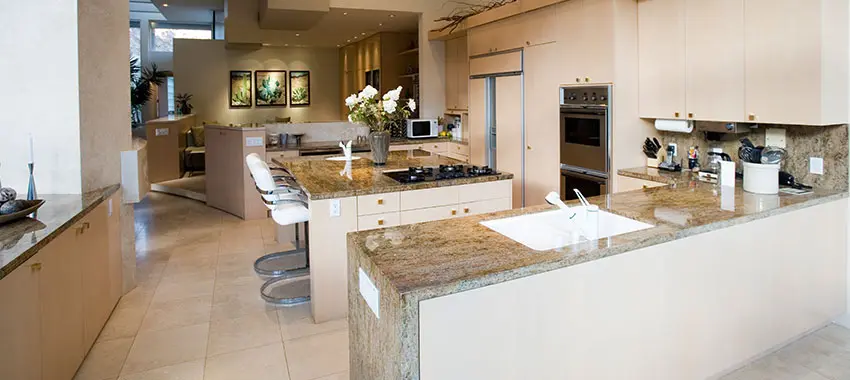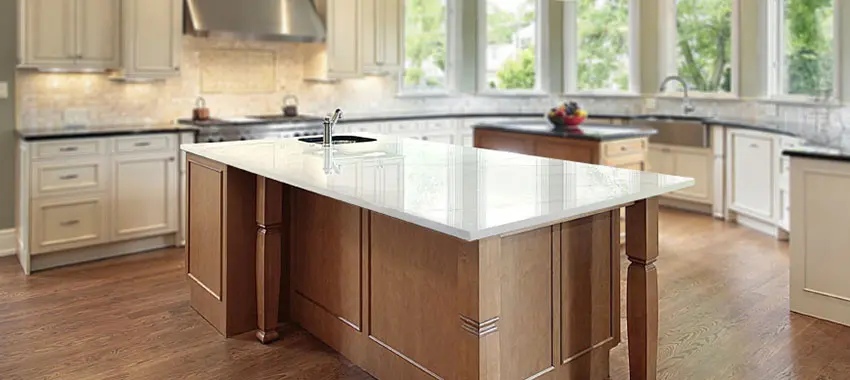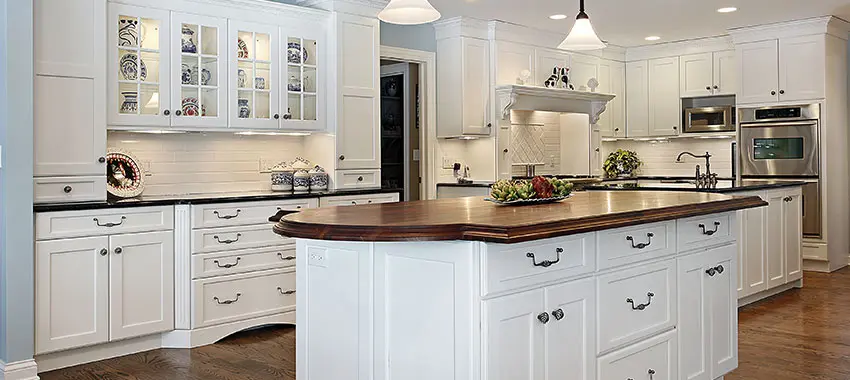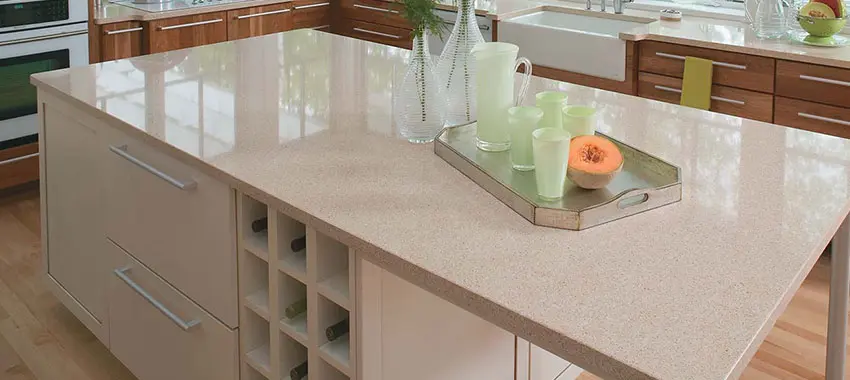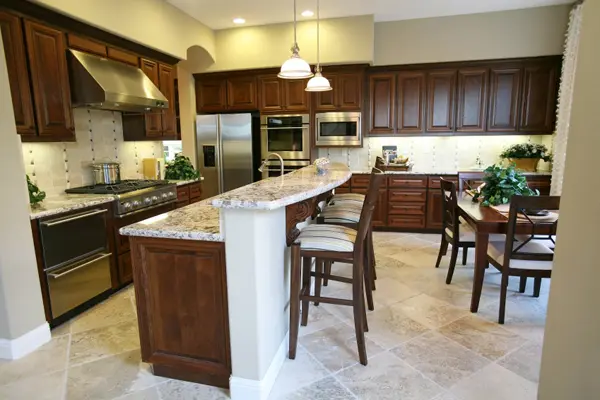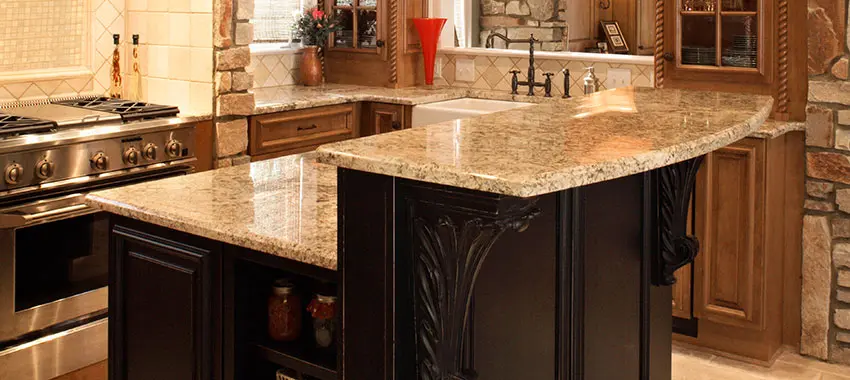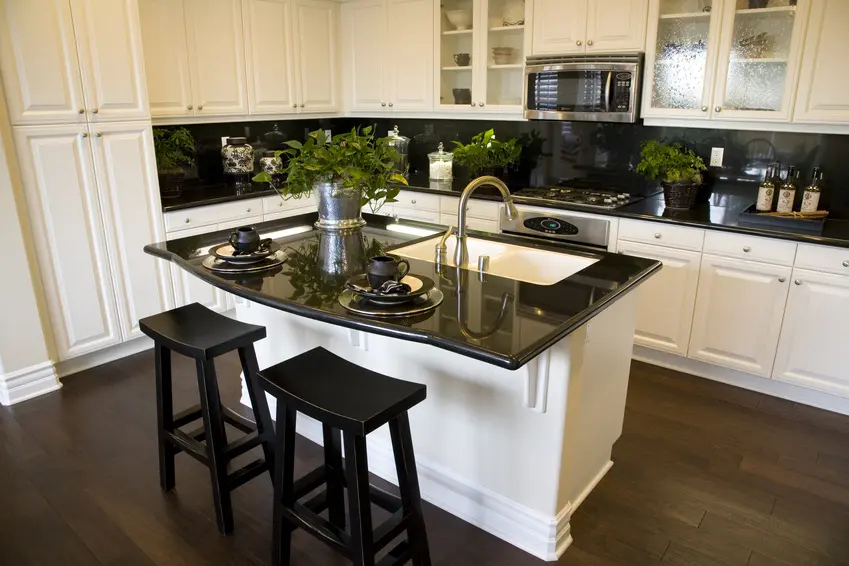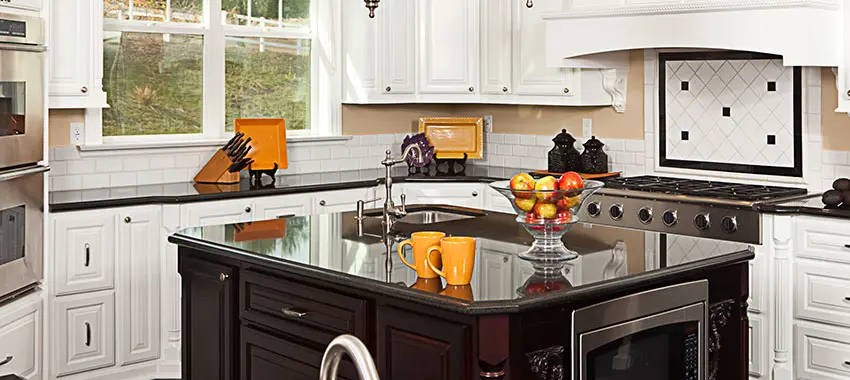Dec
How Much Do Granite Countertops Cost?
If you are asking how much do granite countertops cost, you must be looking to renovate your bathroom or kitchen and not sure how much to budget for it. As much as we would like to give you a definite answer to this question, the unfortunate thing is the price of the slabs varies depending on plenty of factors that include:
Source of the stone
Ask most homeowners where to buy the granite counters, and the first thing that comes to their minds is the big box stores. While the stores are large and popular, they often don’t have plenty of countertop slab options to choose from. The stores also tend to be more expensive, with most of them charging up to 40% more than specialist stores.
These big-box stores also often outsource the fabrication and installation work making the installation process too expensive.
To save money and get many countertop options to choose from, buy your countertops from the countertop specialists. These professionals have staff, skills, and the necessary equipment, making them a one stop shop.
When you visit these stores, you get top quality unique slabs at a lower cost, and you have expert contractors ready to install the countertops for you expertly.
Thickness
Most of the granite slabs vary between 2 cm and 3 cm. As you can guess, the thicker slabs are more expensive than, the thinner ones. This means you can buy many thinner countertops than thicker ones.
Unfortunately, the thinner slabs require a lot of support and easily break especially when you place them over a large area.
Rarelity of the colors
Although most homeowners install white countertops, granite slabs come in all shades of colors where the rare and exotic colors such as red, blue, and black tend to be more expensive than the standard hues.
Cut
Most people associate granite with long slabs of stone, but these are just the most desirable cut for the kitchen countertops. Manufacturers cut granite in many ways, including tiles, modules, and many others.
Slabs are the most popular, followed by modules, then tiles, where the only advantage granite slabs have over modules is that slabs look better as they require fewer seams hence presenting a smoother, sleeker look.
The modules and tiles might seem less durable than slabs, but this isn’t the case. Remember, they are made from granite.
If operating on a tight budget, go for tiles that also work excellently for backsplashes.
Granite quality grades
Granite comes in different grades defined by pits, veins, colors, soft material content, marks, thickness, and the quarry. While there are many grades, we can summarize them into three primary levels:
Level 1: The low level or entry-level granite is also known as the commercial-grade or the “builder’s grade,” often from china.
Level 2: This is the mid-grade level that is more unique than level 1, and it’s often from Brazil and India.
Level 3: Also known as the high-level grade, it’s the finest quality and comes from India and Brazil.
Obviously, level 3 is the most expensive as it focuses on the quality of the stone.
Demand and supply
Like any other product in the market, the granite countertops’ price is affected by the demand and supply forces. If you buy the slabs when they are in high demand, you will pay more for them than when another person would buy when the demand is lower.
Finishes
Most countertop specialists give the countertops a glossy or polished finish, and in rare cases, they will give it a matte finish. These are the most popular granite finishes, and when you buy them, you won’t pay extra for them.
Unfortunately, if you choose another finish, such as hammered or leathered, you will have to pay an extra fee as the finish is out of the ordinary.
Can you save on your countertops?
The good news is you can save on your countertops. One way is to be more flexible on the countertop’s color, size, grade, and texture. You also should be cautious of the store you buy from.
To avoid costly mistakes, hire expert granite installers Rockville to handle the installations. The professionals will help you with the installations and guide you into buying the right slabs for your home.


